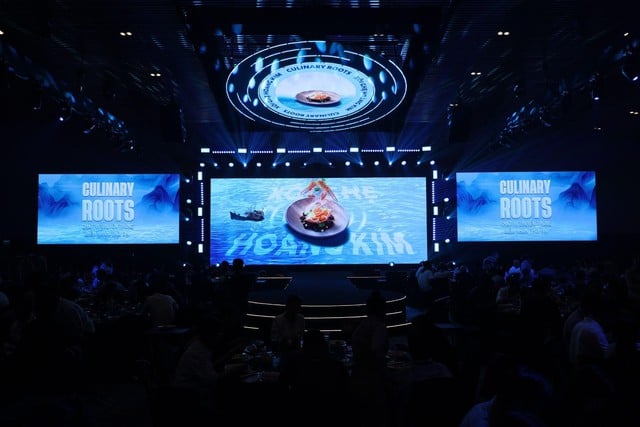
Cultural identity in Vietnamese cuisine
Cuisine is not only a need for enjoyment but also a core part of cultural identity. Each dish is the crystallization of history, customs and people of a land. Rustic dishes often encapsulate national memories, but if not flexibly changed in the integration period, it is very easy to be "left behind".
Many Vietnamese heritage dishes are at risk of disappearing if they do not adapt to modern trends. The problem is how to transform the dishes without losing their original soul.
At the event, diners experienced a series of dishes such as Mix Sai Gon (mixed rice paper), Banh Mi Pho (grilled bread with salt and chili), or Ngoc Vang Quan Ganh (fried corn with onion cream sauce). Although presented creatively and made with selected ingredients, these dishes still maintain the connection between tradition and modernity.
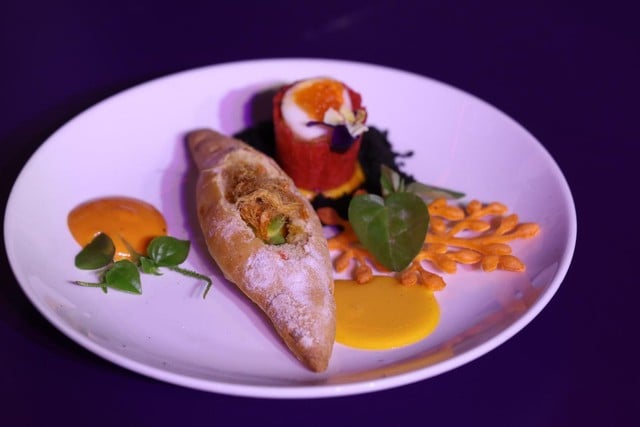
Street bread is skillfully and creatively transformed by the chef's artistic hands.
Culinary creativity is a global trend thanks to cultural exchange, but it is also challenging because it requires careful research from the chef. Behind simple dishes like vermicelli and pho are emotional stories and admirable dedication.
When old dishes tell stories in a new way
Dishes imbued with Vietnamese identity have now become a bridge between tradition and modernity, told in the language of a new generation.
This trend represents a clear shift: from worshipping Western techniques, Vietnamese chefs are beginning to regain pride in their homeland's heritage - from regional dishes to traditional cooking methods.
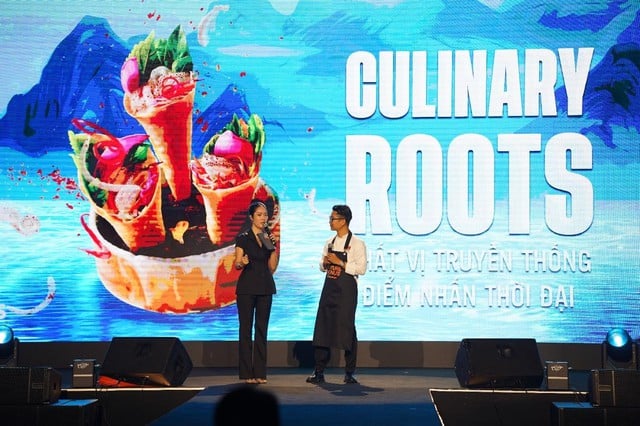
Culinary Roots - keeping the spirit of old dishes - blowing with a new style
This is how the younger generation embraces the Culinary Roots philosophy: keeping the spirit of old dishes but telling them in a new way. A bowl of pho can be reduced to a few condensed ingredients and presented like a work of art. A piece of banh duc lac, reminiscent of home, can become the highlight of fine dining.
It's not just the cooking that's important - it's the story behind the dish.
Chef Nguyen Van Lap, brand ambassador of UFS Vietnam, shared more about the challenges of bringing dishes associated with memories to the restaurant chain's menu: "In my opinion, the most difficult thing is how to arrange and decorate to refresh the dish but still keep the soul. For today's young generation, if you want to be accepted, you need to tell stories through images."
When asked about the fine line when modernizing heritage dishes, he said: "To be creative, you have to understand the core of the dish. Understanding culinary culture is the foundation for not losing the original spirit."
Talking about the future of Vietnamese cuisine, he affirmed: "As a Vietnamese chef, I always believe that Vietnamese cuisine will reach international level if told with a new approach."
New Tastes of the Future: Eat to Feel, to Live
Cuisine is a mirror of culture. Each traditional dish is linked to memory and locality. But in modern life, tastes are changing: young people prefer light, health-conscious dishes and emotions over traditional strong flavors.
Nowadays, diners not only want delicious food - but also want "food with a story": what story does the food tell? Where does it come from? Is it healthy? Is it friendly to a natural lifestyle?
And finally, there is “experiential eating”: visual, tactile, and personalized in every detail. It is a journey of eating with the eyes, nose, hands, and… the heart.
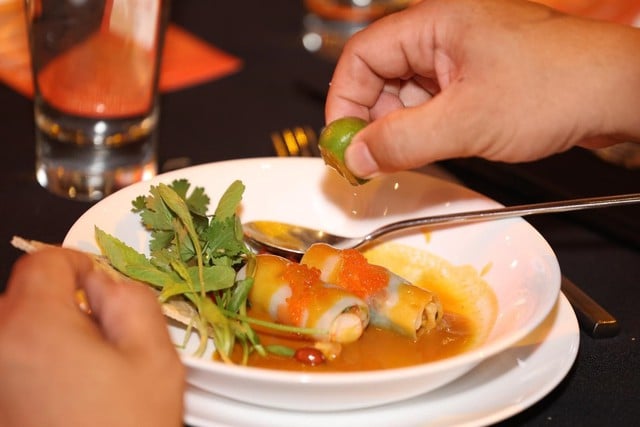
Quang rolls "awaken" the senses of the diners through the talented hands of the chef.
From a one-way experience, diners now actively participate in meal design - creating a personalized, sophisticated, emotional experience with the chef.
It's the new standard of future taste - where emotion and flavor must go hand in hand.
Opportunity for Vietnamese cuisine to break through
This is the golden time for Vietnamese cuisine to step out into the world with a new look. Not only pho or banh mi, lesser-known dishes such as banh duc lac, cha ca co - Hanoi's hometown gifts - can completely create trends if given a creative soul.
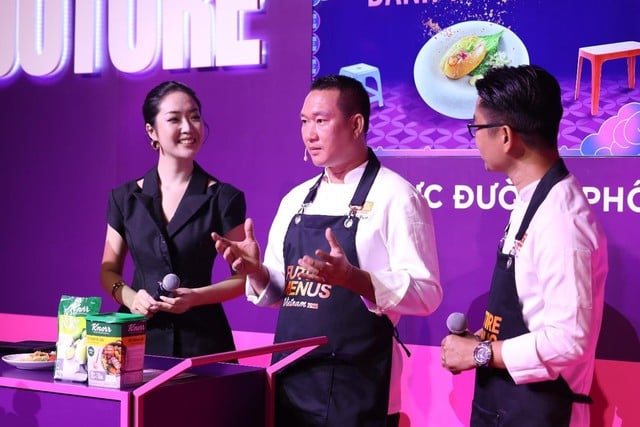
The event attracted attention with the appearance of experienced chefs.
At the event, dishes such as Singapore Salad (prosperity salad with Asian and European herbs), Quang rolls (European style Quang noodles) or Xoi Chon May Troi (crab sticky rice) showed the flexible transformation ability of Vietnamese chefs.
Not only delicious, they are also rich in cultural identity. The trend of fresh ingredients - low fat - good for health also helps Vietnamese cuisine more attractive to international friends.
Participating in international culinary events is a way to promote image and pave the way for Vietnamese restaurants to break through.
Source: https://thanhnien.vn/di-san-am-thuc-va-khau-vi-tuong-lai-hoa-quyen-hay-tach-biet-185250815112330612.htm




![[Photo] Binh Trieu 1 Bridge has been completed, raised by 1.1m, and will open to traffic at the end of November.](https://vphoto.vietnam.vn/thumb/1200x675/vietnam/resource/IMAGE/2025/10/2/a6549e2a3b5848a1ba76a1ded6141fae)



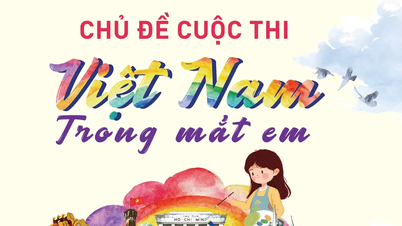

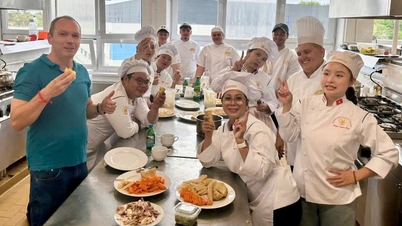




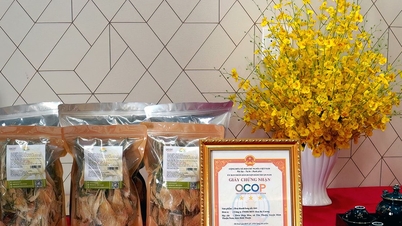

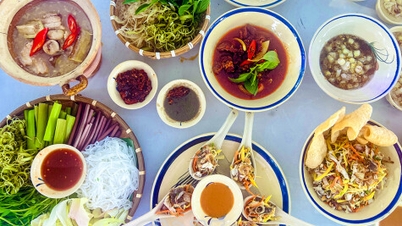



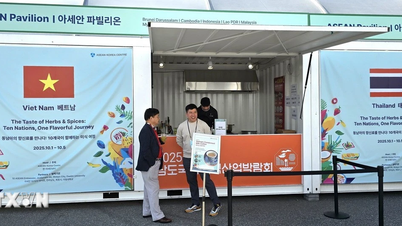


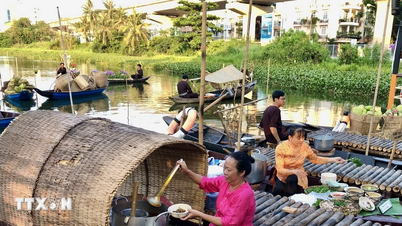
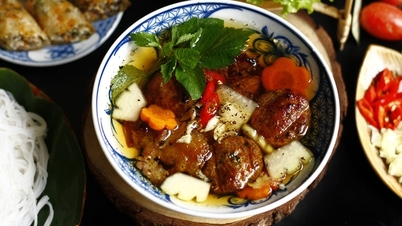

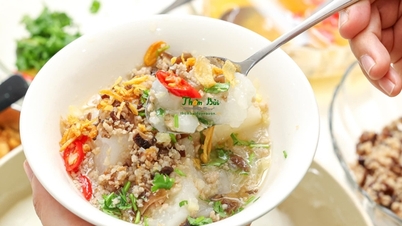






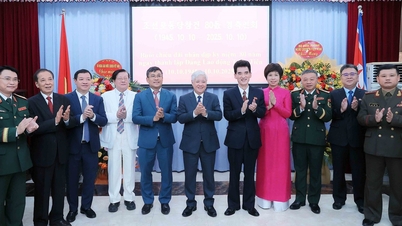

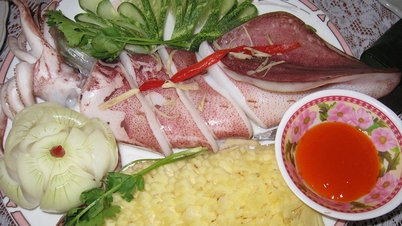


















































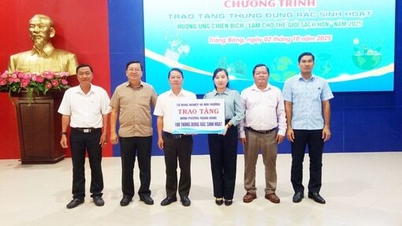
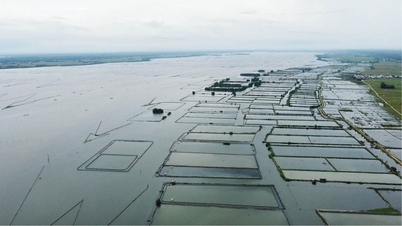

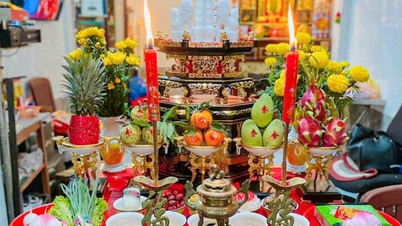
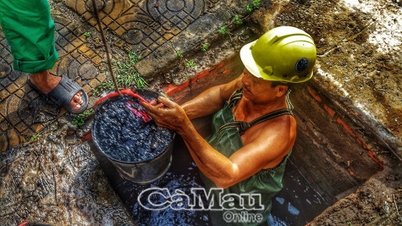














Comment (0)